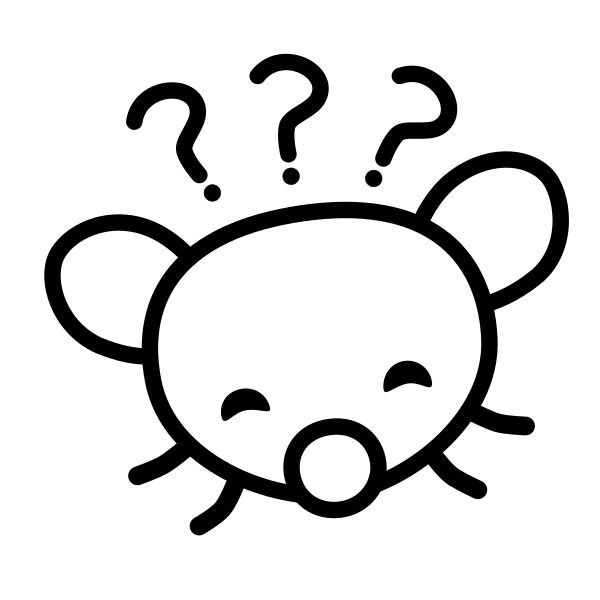To use Apple as the example, it’s the combination of hardware and software, how it all ties together, and also how it locks you in and makes it more difficult to go elsewhere.
iMessage is a good example, it’s easy to access across Apple devices, but you can’t really access it simply on Android, there’s been a few attempts by 3rd parties to bridge the gap, but Apple does what they can to squash those.
It always seems to mean horizontal integration of end user services. It can have an insidious aspect, taken in tandem with planned obsolescence:
All our apps work so nicely together. Let’s just get you in the habit of using them all. So convenient, right? You’d hate to have to deal with learning a different system. Oops, this one’s a bit old and it sucks now. We have financing options…
It’s the same thing that it means in biological systems, only with technology. It’s all of the technology in which a given software is operating.
Just as the ecosystem in which a frog lives includes the pond, the bugs, the vegetation, and the climate; the technological ecosystem a company’s software is operating in might include their cloud platform, their identification and authorization management system, their databases, and so on.
When it’s used, there’s an assumed locality based on the context. The frog’s ecosystem includes the streams feeding the pond, the lakes feeding the streams, the jet stream that regulates the temperature of the climate, and ultimately the entire Earth and solar system. But usually when you’re talking about the frog’s ecosystem, you’re focusing on the small pond and maybe the local forest in which the pond exists. Same with IT: your home’s technology ecosystem is probably connected to the internet, but if you’re setting up a new laptop you’re most concerned with the WiFi router, your printer, and your media server.
In software, it’s all the services operating and available within a context. People working in software for companies are concerned about their software ecosystem because it determines how they build software. Does the company use PostgreSQL or Oracle? Are the target systems microservice architectures running on AWS or Google Cloud Platform? All these software components constitute the software ecosystem. “Local” in this case almost never means geography, but if rather usually tied to a subnetwork configuration, like the LAN at your house: your printer may be in another part of the house, but it’s still in your local ecosystem because it’s on the same LAN.
Was that too ELI5?
Was that too ELI5?
No, but it did reaffirm my sense of sympathy for biologists trying to research natural ecosystems. 😂



